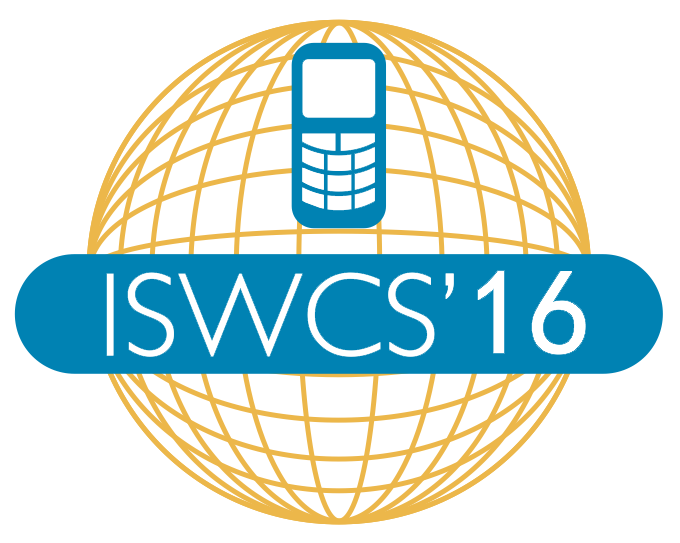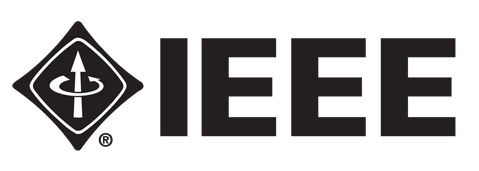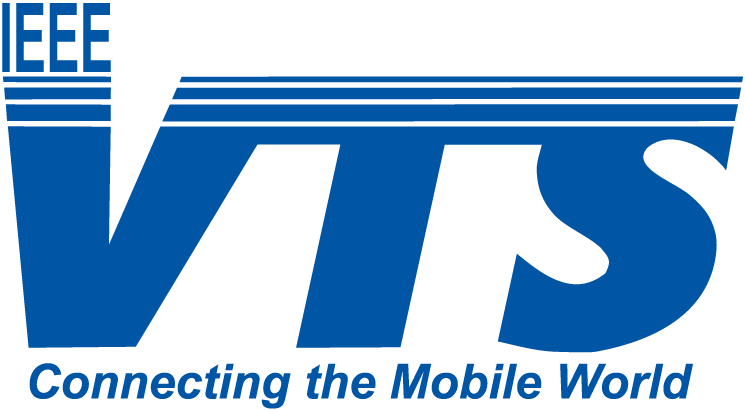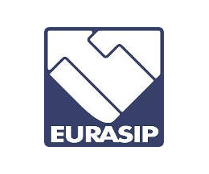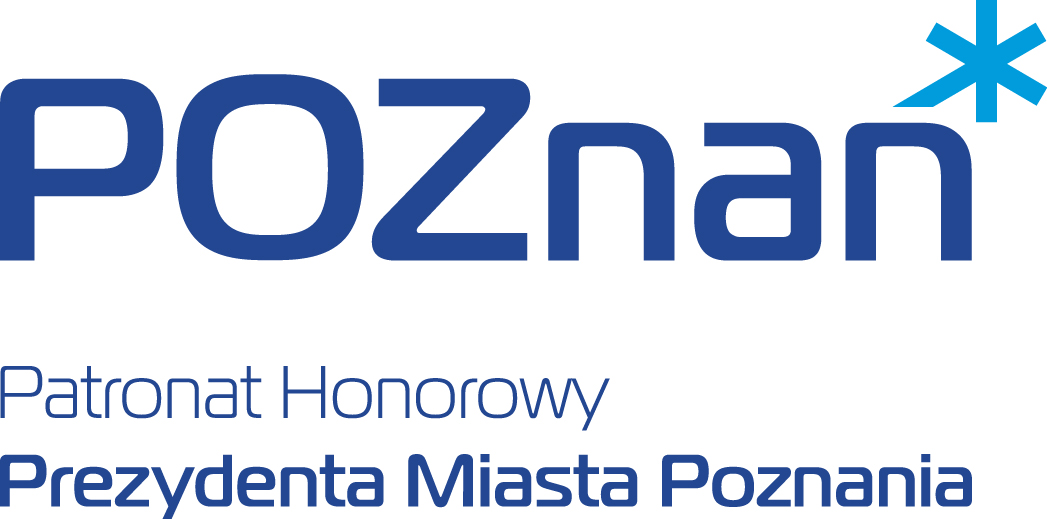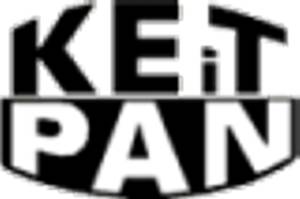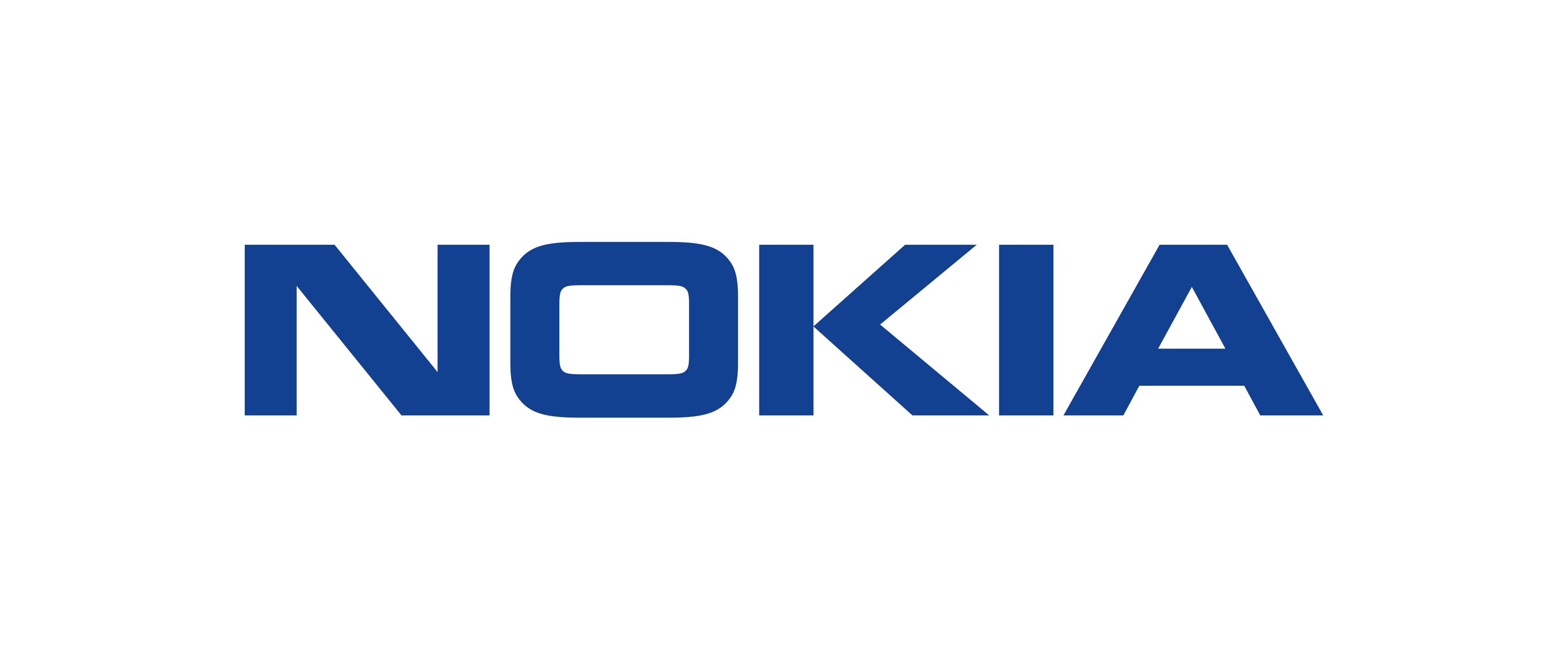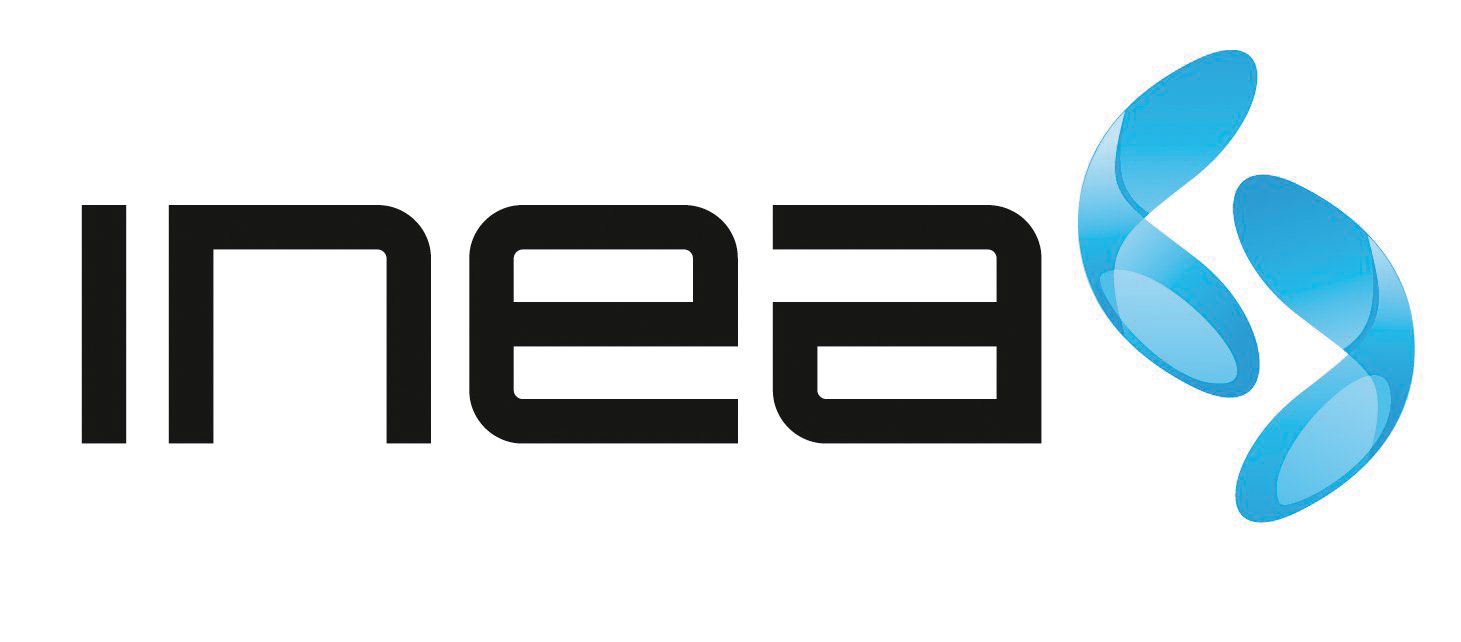Workshop 2 - Spectrum Aggregation and Sharing for 5G Networks
Call for Papers: SAS5G: Workshop on Spectrum Aggregation and Sharing for 5G Networks
Final Program in PDF: SAS5G: Workshop on Spectrum Aggregation and Sharing for 5G Networks
Final Program: September 20, 2016
Spectrum is the key resource for all wireless communications. This workshop will bring together experts from the field of Spectrum Aggregation and Sharing to give an overview of the state-of-the art, to disseminate their latest developments, and to discuss the future of these two technologies and in particular their potential impact on the coming 5G systems. This workshop is supported and organized by the 3 most important EU-funded projects (ADEL and SOLDER from FP7 and SPEED-5G from H2020) currently working on different aspects of spectrum manage-ment, aggregation and sharing technologies.
Spectrum for cellular communications up to 4G is owned almost exclusively by operators or incumbents, or is unlicensed. This model is likely to change in 5G, where new spectrum bands and types will be added and new shar-ing paradigms will come into play. Already 3GPP release 13 foresees the aggregation of licensed with unlicensed bands (also known as licensed assisted access (LAA) or LTE-WLAN aggregation (LWA)). Moreover several trials are currently ongoing in different areas of the world to evaluate the feasibility and acceptance of licensed shared ac-cess (LSA). These new paradigms require new multi-band transmission techniques, new cooperative approaches to resource sharing and allocation, spectrum sensing and information exchange, enhanced control and data planes, fairness and revenue schemes.
Session 1 (9:00 – 10:30)
Keynote by Guillaume Vivier (40min, Q&A included)Title: Carrier aggregation: from Rel. 10 to 5G
Abstract: In this talk, basic of Carrier Aggregation as originally designed by 3GPP will be quickly recalled, with the recent standardization and market status, such as LAA (Licensed Assisted Access), in which CA become an enabler of the LTE operation in unlicensed spectrum. Then, the talk will give some considera-tion about the emerging 5G concepts.
Bio: Dr. Guillaume Vivier is graduated from Telecom Paris Tech and received his PhD degree from the Uni-versity of Pierre and Marie Curie. After 5 years in Alcatel in the design of satellite and microwave commu-nication systems, he joined Motorola in 1998 to contribute to the definition of Systems Beyond 3G. He then held various positions within Motorola Labs. In 2008, he joined Sequans Communications to drive innovation into products. He is currently Senior Director of Advanced Technology in the CTO office. He re-cently initiated a 5G activity, to anticipate and contribute to the definition and standardization of 5G and prepare future generation of Sequans’ chipsets.
Paper presentations (18min each, Q&A included)
- Contention Window Size Adaptation Al-gorithm for LAA-LTE in Unlicensed Band
Fanrong Hao; Chang Yongyu; Hongdou Li; Jian Zhang; Wei Quan - A Fair Listen-Before-Talk Mecha-nism for LTE-U Using a Coalition Formation Approach
Wuqiong Ding; Xiangming Wen; Zhaoming Lu; Wenpeng Jing; Yan Zeng - Study on Dynamic Channel Switch in License-Assisted-Access Based on Listen-Before-Talk
Hongdou Li; Chang Yongyu; Fanrong Hao; Aidong Men; Jian Zhang; Wei Quan
Session 2 (11:00 – 12:30)
Keynote by Oliver Holland (40min, Q&A included)Title:Aggregation Management Architecture and for Spectrum Efficiency and Capacity Maximization to-wards 5G
Abstract: This talk outlines the concept of a management system for spectrum aggregation. The manage-ment system is particularly useful in contexts where heterogeneous systems and/or spectrum bands are aggregated, noting that such aggregation will be necessary in order to achieve the capacity, throughput and other requirements of 5G. The concept is discussed particularly within the backdrop of novel techno-regulatory spectrum sharing schemes, such as those based around spectrum databases. Resonances of the concept with such advances in spectrum sharing regulation are observed, and some example beneficial re-sults are discussed.
Bio: Dr. Oliver Holland is a Research Fellow at King’s College London. Oliver is a Leadership Member of IEEE DySPAN-SC, is member and Vice-Chair of IEEE 1900.1 and IEEE 1900.7, and member of IEEE 1900.6. Oliver was a Technical Editor of IEEE 1900.4, and is Technical Editor of the developing IEEE 1900.1a and 1900.6a standards. He is a Management Committee member of COST IC0902 and IC0905 “TERRA”, holding various leadership positions within these COST actions. Oliver has served on the TPC of all major conferences in the area of mobile and wireless communications, has served as Session Chair and Panelist at numerous confer-ences covering Green Radio and Cognitive Radio, among other topics, and frequently serves as reviewer for various prestigious international conferences and journals. Oliver has assumed leadership positions in nu-merous International Workshops, Conferences, and Journals. Oliver has authored over 100 publications; ac-cording to Google Scholar his publications have been cited more than 550 times.
Paper presentations (18min each, Q&A included)
- The OpenAirInterface Application Programming Interface for Schedulers using Carrier Aggregation
Florian Kaltenberger; Cedric Roux; Mateusz Buczkowski; Maciej Wewior - Spectrum Aggregation and Management Framework for pre-5G Applications
Marcin Dryjanski; Michal H Szydelko - Enhanced Auction-Assisted LSA
Jasmina McMenamy; Arman Farhang; Nicola Marchetti; Irene Macaluso
Session 3 (13:30 – 15:00)
Keynote by Tharmalingham Ratnarajah (40min, Q&A included)Title:Transceiver Design in Full-Duplex MIMO Cognitive Radios
Abstract: In this talk, we consider a full duplex (FD) multiple-input multiple-output (MIMO) underlay cog-nitive radio (CR) cellular network, in which a FD secondary base-station (BS) serves multiple half-duplex (HD) uplink (UL) and downlink (DL) secondary users (SUs) operating at the same time and frequency. We assume that the channel state information (CSI) available at the transmitters is imperfect, and the errors of the CSI are assumed to be norm bounded. Under the impact of channel uncertainty, we address the sum mean-squared-errors (MSE) minimization problem subject to individual power constraints at the UL SUs, a total power-constraint at the secondary BS, and the interference constraints on the primary users (PUs) by the secondary network. By transforming the problem into an equivalent semidefinite program-ming (SDP), we propose an iterative alternating algorithm to compute the transceiver matrices jointly. Moreover, to reduce the high computational complexity of the SDP method, we develop a cutting-set method, which solves the problem by alternating between an optimization step (transceiver design) and a pessimization step (worst-case channel analysis). Numerical results are presented to show the effective-ness and robustness of the proposed algorithms.
Bio: Prof. Tharm. Ratnarajah is currently with the Institute for Digital Communications, University of Edin-burgh, Edinburgh, UK, as a Professor in Digital Communications and Signal Processing. His research inter-ests include signal processing and information theoretic aspects of 5G wireless networks, random matri-ces theory and stochastic geometry, mmWave communications, full-duplex radio, interference alignment, physical layer secrecy, cognitive radio, statistical and array signal processing, biomedical signal processing and quantum information theory. He has published over 300 publications in these areas and holds four U.S. patents. He is currently the coordinator of the FP7 projects “HARP” (3.2M€) in the area of highly dis-tributed MIMO and "ADEL" (2.6M€) in the area of licensed shared access. Previously, he was the coordina-tor of FP7 Future and Emerging Technologies projects “CROWN” (2.3M€) in the area of cognitive radio networks and “HIATUS” (2.7M€) in the area of interference alignment. Prof. Ratnarajah is a Fellow of Higher Education Academy (FHEA), U.K., and an Associate Editor of the IEEE Transactions on Signal Pro-cessing.
Paper presentations (18min each, Q&A included)
- Performance Analysis of Eigenvalue Based Dis-tributed Spectrum Sensing
Wassim Suleiman; Marius Pesavento; Abdelhak M Zoubir - High Doppler MIMO OFDM Capacity Maximizing Spatial Transceivers Exploit-ing Excess Cyclic Prefix
Kalyana Gopala; Dirk Slock - Low Complexity Transmission of Wideband OFDM Signals via Inter-Band Carrier Aggregation
Stelios Stefanatos; Fotis Foukalas
Session 4 (15:30 – 17:00):
Panel discussion: The future of cognitive radio and spectrum sharingThe term “cognitive radio” has been introduced almost 20 years ago, but despite a large amount of research and papers, the original ideas of Joseph Mitola III have not quite made it into real systems. The goal of this panel is to get the visions of known experts in the fields in focus w.r.t. what are the next opportunities to deploy cognitive radio, spectrum sharing and management techniques.
Each panelist will present a brief 5 minute presentation on his/her view on the future of cognitive radio and spec-trum sharing, followed by a discussion and Q&A Session.
Panelists:
- Guillaume Vivier, Sequans Communications (France)
- Oliver Holland, Kings College London (UK)
- Dirk Slock, Eurecom (France)
- Tharm Ratnarajah, University of Edinburgh (UK)
- Valerio Frascolla, Intel Deutschland GmbH (Germany)
Workshop Chairs:
- Dirk Slock (EURECOM, France), dirk.slock@eurecom.fr
- Florian Kaltenberger (EURECOM, France), florian.kaltenberger@eurecom.fr
- Valerio Frascolla (Intel Deutschland GmbH), valerio.frascolla@intel.com
Acknowledgements



